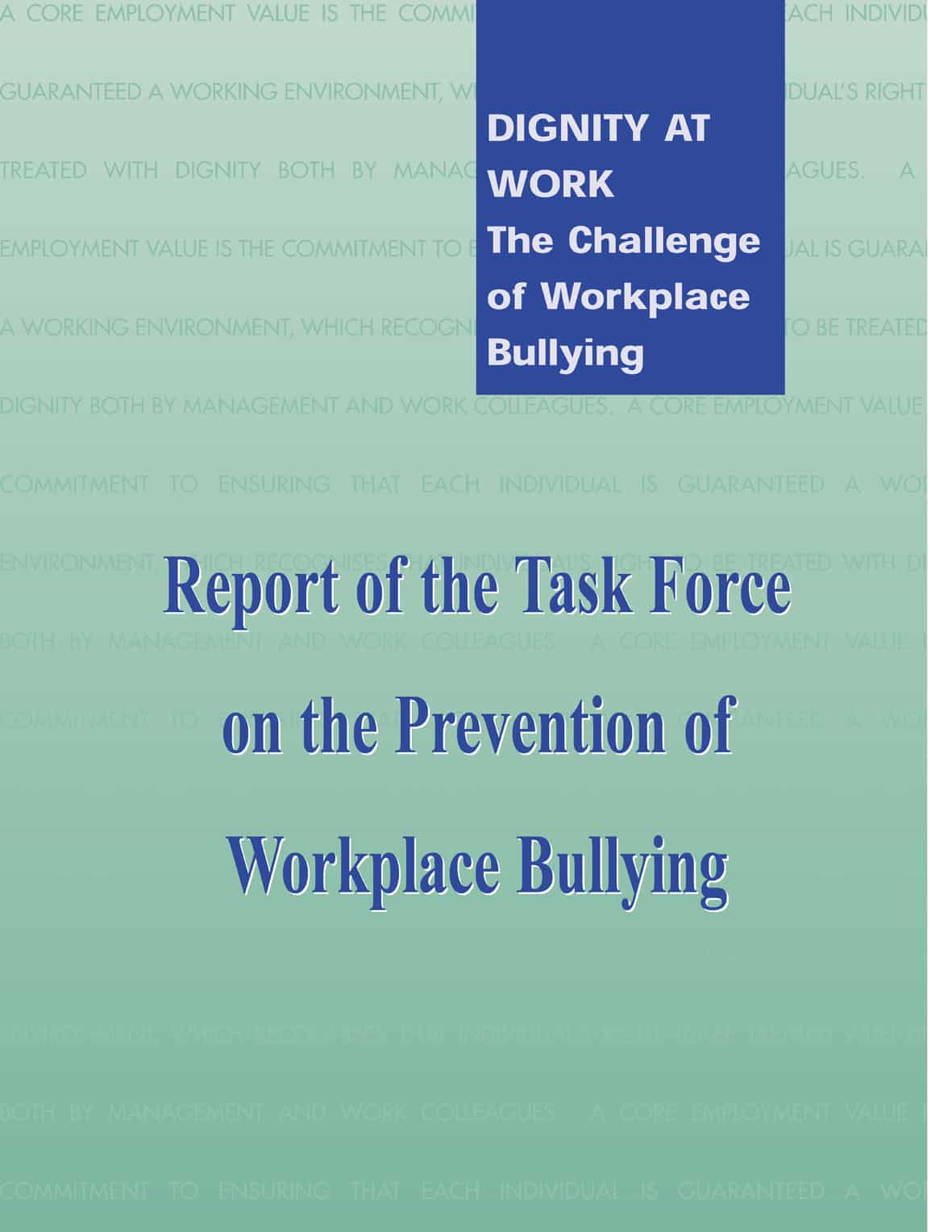Almost 12 months ago, Paul Wayne Clarke “loaded a shopping trolley with jerry cans of fuel and set it alight inside a Darwin insurance office, injuring 15 people”. Clarke died on 21 January 2011 after a failed suicide attempt whilst in custody.
On February 2010 media report provided a few details of Clarke’s circumstances:
“The bomber reportedly goes by the name “Bird” and is a former security guard who worked at a Darwin pub until being injured on the job in October 2007.
He allegedly blamed the insurer for loss of earnings that forced him to leave his three-bedroom home in Humpty Doo and move into a shipping container.”
The incident was enormously traumatic for the 15 staff and customers of the Territory Insurance Office (TIO) who were injured by the incident.
The Coroner will be investigating Clarke’s death but the motivation for Clarke’s initial actions against TIO will remain a mystery. Continue reading “Insurance company “fire-bomber” dies in custody”

